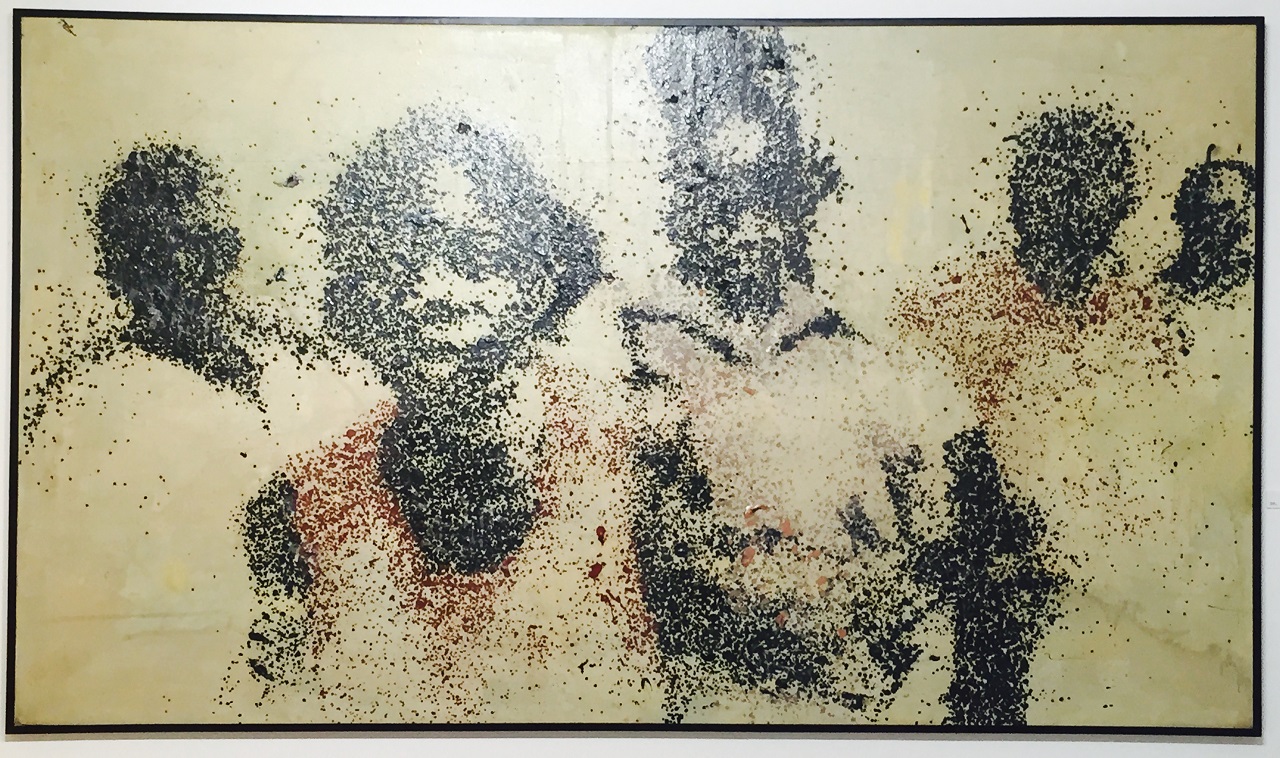Africa as capital city: Celebrating African art and culture in Morocco
Rabat, Africa’s Cultural Capital For One Month
An unprecedented Panafrican cultural and artistic festival took place for one month in Rabat, Morocco (28 March-28 April) to celebrate the Kingdom’s reintegration in the African Union: a symbolic event, which aimed to go beyond politics and business in order to promote contemporary African art and culture to Moroccan citizens and the world.
‘Afrique en Capitale’ (Africa as Capital City) honored the continent’s creativity and artistic expression with all its diversity through plastic arts, sculpture, street art, concerts, film projections and conferences about African identities.
Under the umbrella of the National Foundation of Museums, the main public and private institutions in Morocco have been mobilized to contribute to the success of this first-time event designed to advance the African art scene globally. There were in total 9 exhibitions in 6 different locations across the city, 8 concerts, 8 film projcetions, 4 conferences and a series of murals that could be discovered on the capital’s walls and its tramway, including the work of the Ivorian artist Mederic Turay.
Looking At Africa: A Variety Of Style, Textures And Techniques
Mohammed VI Museum of Modern and Contemporary Art, officially inaugurated in October 2014, presented three distinctive exhibitions including plastic arts, sculpture and photography.
‘Looking at Africa’ (Un Regard sur l’Afrique) explores African talents from Nigeria, Ghana, Senegal, Ivory Coast, Mali and Congo among others. This selection showcasing famous contemporary African artists reveals a variety of style, textures and methods. Visitors could thus discover art works designed with different painting and collage techniques, and created with pearls, copper, weaving, textiles, magazines, and objects.
Nigerian artists were predominant in this exhibition with the work of Nike Okundaye, Nidi Enefiele, Kunle Adegboioye, Johnatan Mavua Lessor, Moyo Okediji, Diseye Tantua and Rom Isichei.Ghanaian artists were also prevalent with paintings from Ablade Glover, Almighty God (Kwame Akoto), and Bissi Fabunmi. Ivory Coast was represented with the notorious Aboudia and Yeanzi.
The very original style of Senegal-based Guerresi Maimouna made a significant impression on the public at the start of the exhibition, while Cheri Samba and Cheri Cherin’s paintings from Congo open a window into Africa’s urban and pop art.
Tribute To Three African Photographers
On the ground floor, a dedicated space paid tribute to the work of three African photographers who died in 2016: the eminent Malian Malick Sidibé and the two talented Moroccan photographers Leila Alaoui and Othmane Dilami.
These passionate artists leave a tremendous vacuum behind them and the snapshot of their work here intended to honor their contribution to photography in Africa and worldwide.
Abdoulaye Konaté : blending African arts and crafts
The CDG Gallery presented Abdoulaye Konaté, the internationally acclaimed Malian artist who took residency in Cuba for many years and is known for manipulating textiles with grace in his unique pieces made from “bazin”, a traditional Malian textile.
Abdoulaye Konaté also worked with craftsmen from Fès in Morocco to create an exceptional blend between Moroccan and Malian textiles. His work mixes western modernism with African symbols and inspires itself from nature. Visitors can only feast their eyes and be amazed at the way he fuses textiles to come up with original color compositions.
Revisiting And Rethinking African Heritage And Identity
It’s been all about Africa for one month here in Rabat with the “Gold in Africa” exhibition which retraces the ancient history of Morocco-African relations or the exhibition “Flying over Africa” which explores 14 African countries via diverse artistic mediums.
This festival was also an opportunity to initiate a conversation about socio-cultural topics at Panafrican level via a series of conferences about African heritage, inter-African migration, the role of African women writers and Leopold Senghor’s legacy in intellectual and literary movements, with the participation of scholars, intellectuals and artists from all over the continent.
Morocco celebrated the continent’s art and culture with an impressive Panafrican festival that could be organized in other capitals of the continent, and why not in Lagos in the coming year?
Get the latest news delivered straight to your inbox every day of the week. Stay informed with the Guardian’s leading coverage of Nigerian and world news, business, technology and sports.
























0 Comments
We will review and take appropriate action.